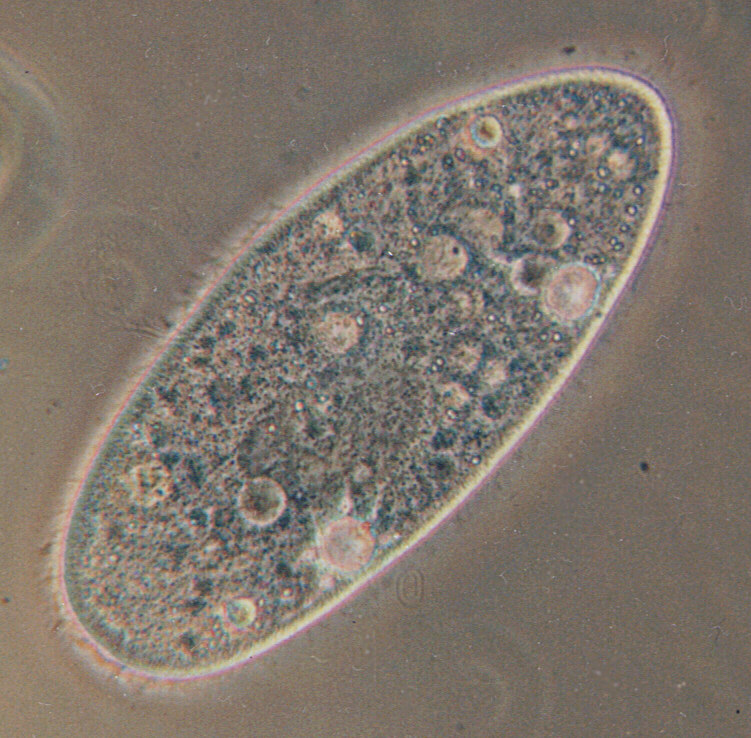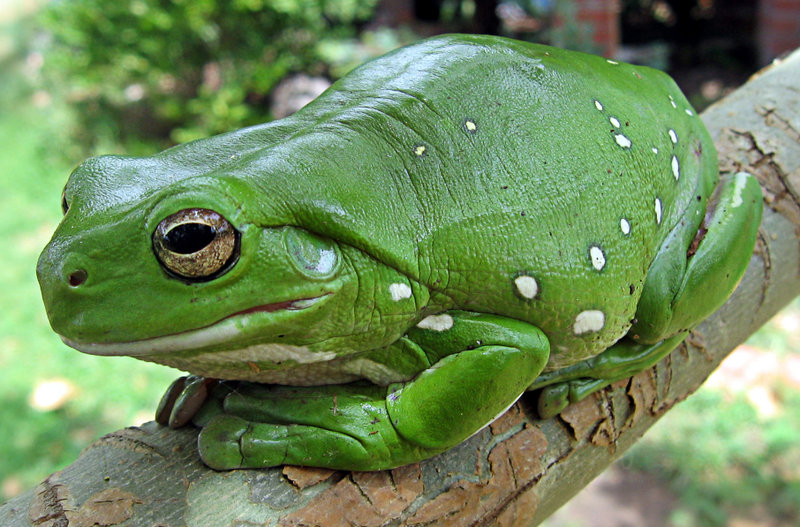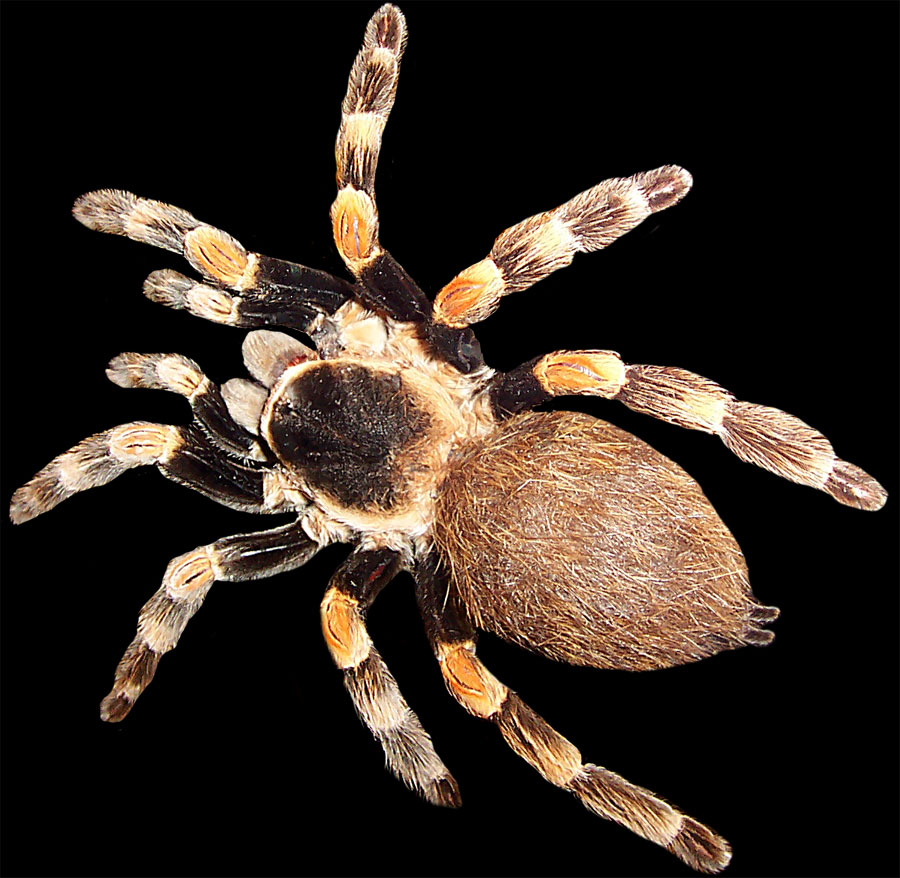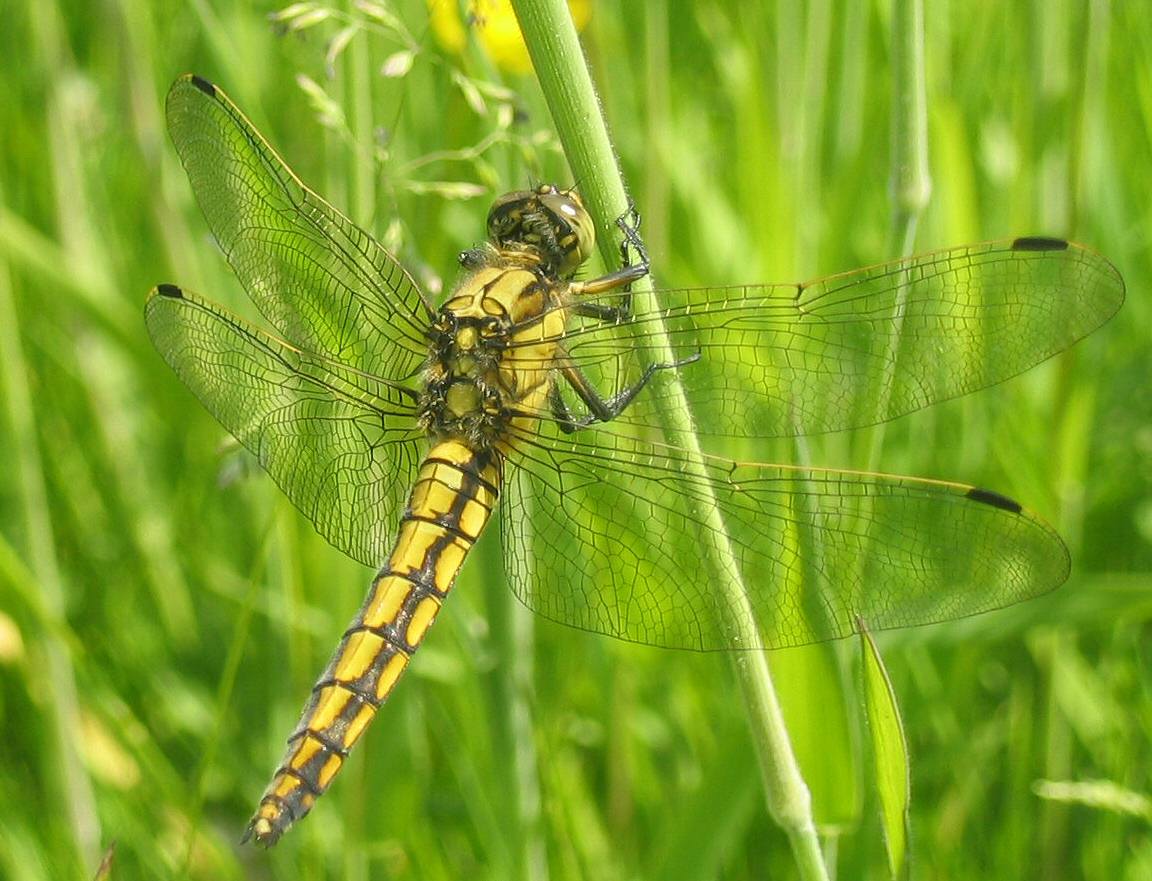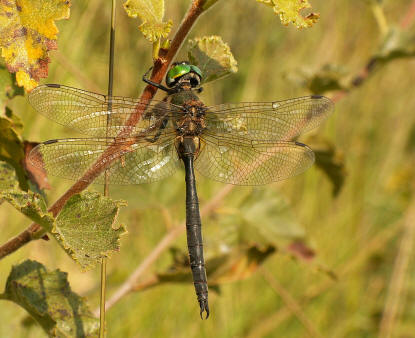Somatochlora hineana
Classification
In this page, I will describe each phylogenetic classification that the Hine's Emerald Dragonfly belongs to and why it fits into that group.
S. hineana, like all animals, fits into the domain Eukarya because all of the organisms cell's are eukaryotic, meaning it contains a nucleus and organelles (Class notes).
The kingdom Animalia is made up of the animals, which are multicellular, eukaryotic, motile (at least at some part in their life) organisms. The other kingdoms in the domain Eukarya are Plantae, Fungi, and Protista (Class notes).
The Kingdom Arthropoda is made up of animals that have an exoskeleton that allows for increased movement and protection, segmented bodies, and paired jointed appendages. This Phylum included insects, centipedes, scorpians, spiders and crustaceans, among others (Class notes).
Although some sources do not use this as a classification, this sub group of phylum Arthropoda is made up of animals with uniramous (1-branched) appendages, one pair of antennae, one pair of mandibles, and one or two pairs of maxillae. This subphylum includes millipedes, centipedes, and insects (Class notes).
Class: Insecta
This is arguably the most successful of all organismal classes. There are more species of insects than any other group (more than 1 million!) and insects are prevalent everywhere. This class describes organisms which have three pairs of legs; compound eyes; a body consisting of a head, thorax and abdomen; and eleven abdominal segments. It contains upwards of 30 orders. Some very familiar members include dragonflies, ants, flies, bees, etc. The list is very lengthy (Class notes).
Order: Odonata
The order Odonata, which means "Toothed Ones" (Corbet, 1) includes both dragonflies and damselflies. It is characterized by biting mouth parts, three pairs of spiny legs, two pairs of wings, great development of the eyes with little development of antennae, the thoracic pleura askew with the legs forward and below and the wings rearward and on top of the thorax, and a long abdomen with the sex organs of the male in the 2nd segment. There is also no pupal stage between larval and adult stages. The larvae are distinguished physically by a large lower lip, and by the form and location of their gills (Needham, 6).
Suborder: Anisoptera
There are three suborders in Odonata: Anisoptera (dragonflies), Zygoptera (damselflies), and Anisozygoptera, which is made up of only two rare species in Japan and Nepal. Dragonflies and Damselflies differ in a few physical traits, the most noticable being the position of the wings at rest. A dragonfly usually holds it wings horizontally while at rest, but a damselfly sits with wings lifted and in almost every species, folded together above it's back. Besides this feature, damselflies are also usually small and slender compared to dragonflies (Needham, 7).
This is the largest family of dragonflies and contains 3 subfamilies in North America. Characteristics of dragonflies in this family are: the labium has no median notch in its front margin, the eyes meet on the top of the head, the triangles made by the fore- and hindwings are not similar to one another and form different angles, and the most characteristic feature is the outward slant and extension of the anal loop (Needham, 470).
Subfamily: Corduliinae
This subfamily consists of strong-flying, large, brilliantly colored dragonflies. It is distinguished from other subfamilies by the pattern of triangles made by the venation on the wings. It is also distinguished by a long anal loop, which is vaguely foot-shaped, a little widened at the end, with little development of the toe (Needham, 494)
The dragonflies in this genus are graceful and clear-winged. They are colored dark brown with a metallic green shine, and have emerald green eyes. This is the largest genus in Corduliinae and one of the best documented (Needham, 531). Some other species in this genera include S. arctica, which is pictured here, S. georgiana, S. minor, and S. margarita.
Phylogenetic Tree
Here is a flowchart representing the phylogenetic tree of S. hineana. It also shows related groups at each classification and species closely related to S. hineana.

